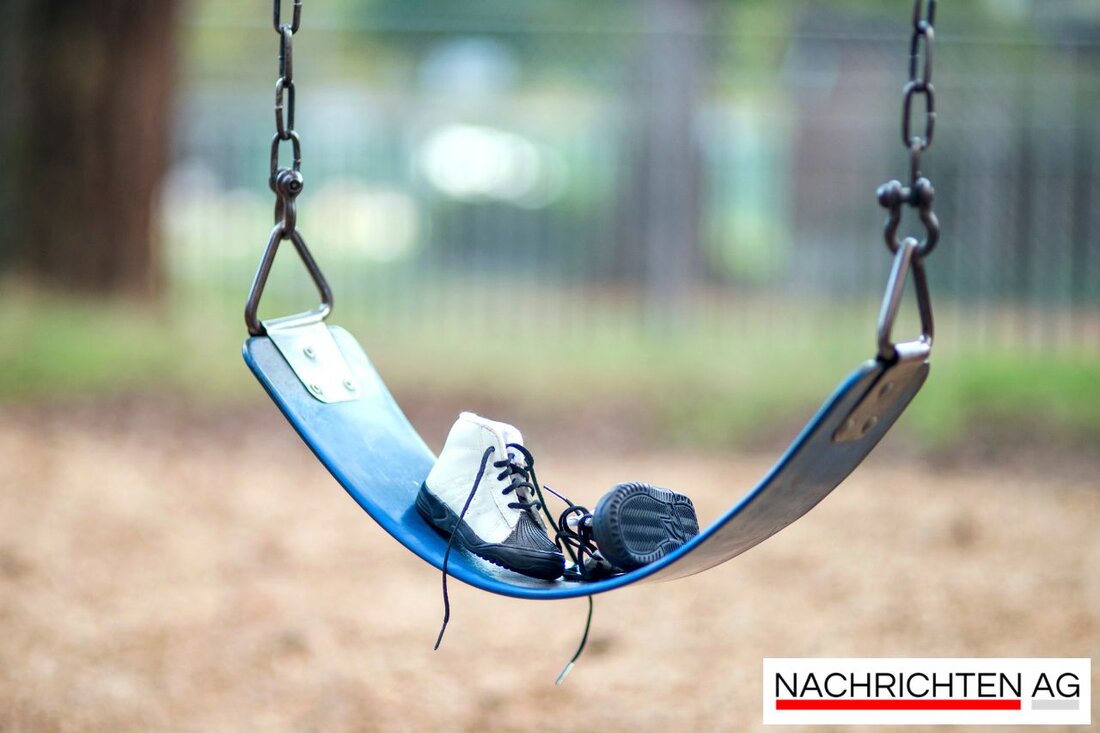Mystery Surrounds Palma Sola Beach Bacteria: What's Polluting Our Waters?
Explore the ongoing investigation into high bacteria levels affecting Palma Sola Beach in Manatee County and the upcoming study to identify pollution sources.

Mystery Surrounds Palma Sola Beach Bacteria: What's Polluting Our Waters?
In the lush landscape of Manatee County, Palma Sola South beach has repeatedly raised alarms due to high levels of fecal bacteria. As residents and visitors flock to enjoy the sun and surf, they are met with an ongoing struggle to pinpoint the cause of these troubling bacteria advisories. Highlighting this ever-persistent issue, Herald-Tribune reports that 2024 recorded the second-highest number of “potentially unsafe” swimming days in Florida at this very location.
The Florida Department of Health in Manatee County frequently issues health advisories when the water quality fails to meet the criteria for Enterococcus bacteria, a dangerous public health concern. With fecal contamination emerging as a significant issue, local authorities face mounting pressure to identify and address these bacterial sources according to a recent advisory.
Unveiling the Sources of Contamination
The story doesn’t end there. A forthcoming study, spearheaded by the Sarasota Bay Estuary Program, aims to delve deeper into these bacteria woes. Their plan includes collecting water samples from four strategically chosen sites within Palma Sola over five separate occasions, in hopes of tracing the pathways of pollution. Environmental experts speculate that various culprits could be involved, including stormwater runoff, horse excrement, septic tanks, and other animal waste.
Suncoast Waterkeeper, having dedicated four years to monitoring bacteria levels at Palma Sola North, has noted a specific link to pollution from nearby horseback riding businesses. However, this connection is still hotly debated among local stakeholders. There’s a chance that the impact of horseback riding is overstated, considering comments from Bradenton Mayor Gene Brown, who proposes that partially treated sewage discharged into the Manatee River likely doesn’t pose a risk to Palma Sola. Instead, he suspects stormwater runoff as a viable suspect.
Contextual Challenges and Solutions
While Palma Sola Bay is celebrated for being one of the healthiest ecosystems in Sarasota Bay, boasting increased seagrass coverage from 2022 to 2024, the ongoing concerns regarding bacteria present a challenge that can’t be taken lightly. According to the National Institutes of Health, the advancements in water quality indicators for fecal contamination are promising, but the issue remains complex. Traditional fecal indicator bacteria like E. coli have guided assessments for over a century, yet inconsistencies still complicate the relationship between these bacteria and actual health risks.
As Manatee County officials, including Charlie Hunsicker, assert that no leaks in the sewage system are contributing to Palma Sola’s bacterial issues, it becomes increasingly clear that the roots of this problem are multifaceted. Aging sewer infrastructure and the growing challenges posed by climate change mean that rapid detection methods for contamination could become vital. A mixture of monitoring strategies, including the evolving methodologies of microbial source tracking (MST), shows promise for identifying sources of fecal pollution more accurately.
As Palm Sola moves forward, one thing is clear—the quest for clean waters and safe swimming must continue. Local stakeholders, health officials, and environmental organizations are working hard to find the missing pieces of this bacterial puzzle. In the meantime, residents are left with the age-old question of how to maintain their cherished beaches while ensuring everyone’s health is safeguarded.
